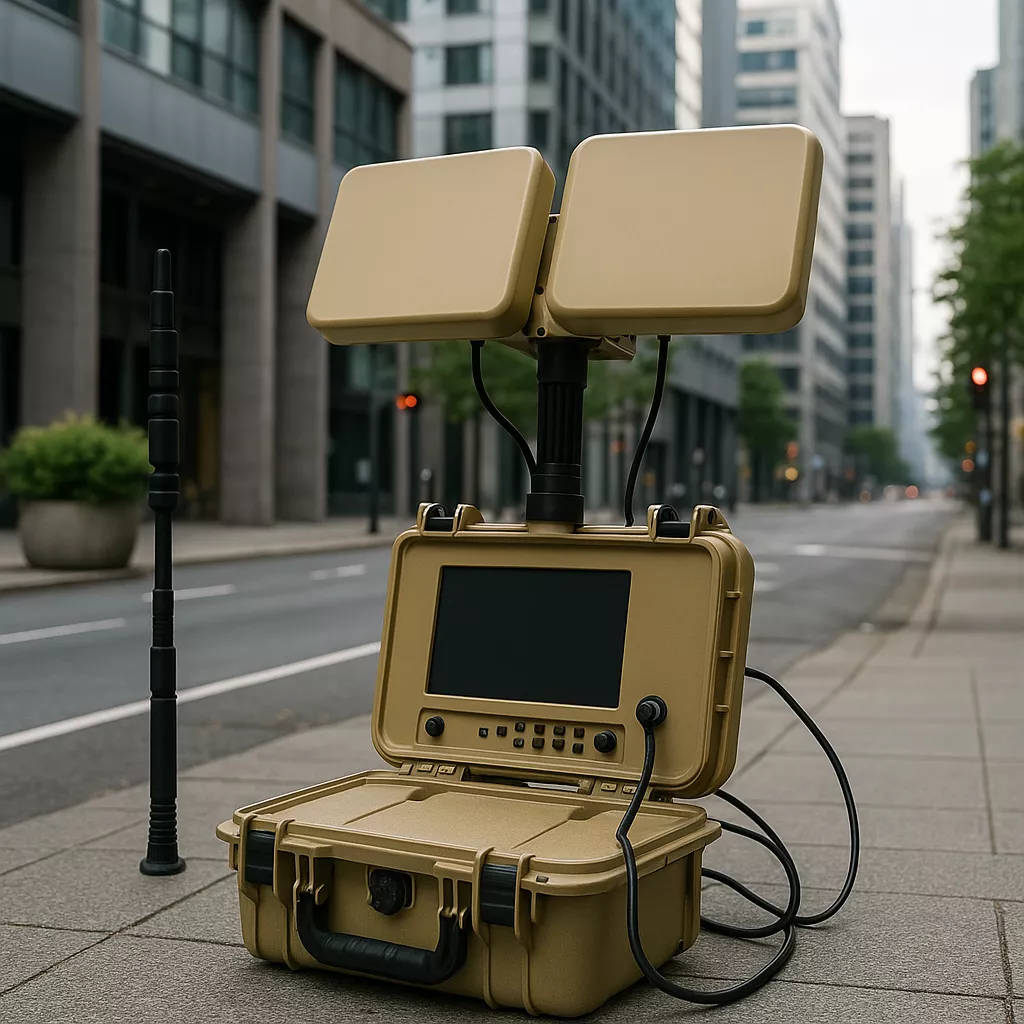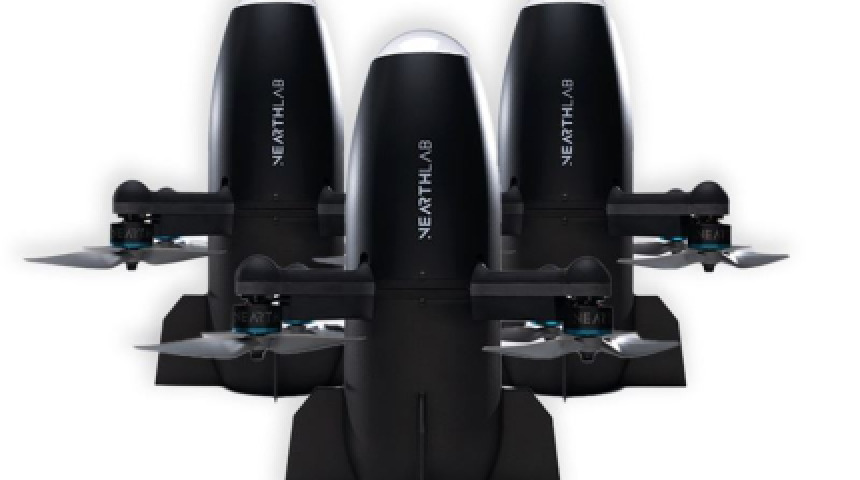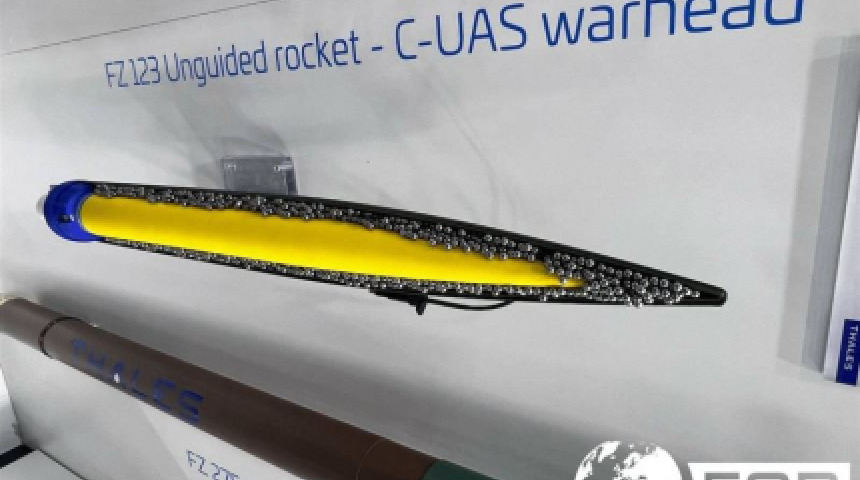國防創新小組徵集可攜式反無人機系統 重點打擊操控來源與空中接管

國防部推動軍民合作再添新案。繼2月首度針對AI倉儲、衛星影像辨識與AR戰術輔助系統徵集民間技術後,陸軍近日再度以「國防創新發展」名義,公開徵求「可攜式無人機反制系統」,明訂具備干擾、接管及操作者定位能力。
Taiwan’s Ministry of National Defense has launched a new open call under its “Defense Innovation Development” initiative, seeking portable anti-drone systems capable of jamming, control takeover, and operator localization—extending its push for civilian tech integration following earlier solicitations on AI warehousing and AR-assisted operations.
此徵案由陸軍司令部通資處於19日發布於政府電子採購網,明列本案為「重點關注項目」,期盼引入先進民間技術,提升前線部隊反制低空小型無人機的自主能力。
Issued by the Army’s Communication & Information Department, the proposal was posted on May 19 and categorized as a “high-priority innovation item,” aiming to harness domestic tech for frontline defense against low-altitude drone threats.
根據徵案內容,該反制系統需滿足八項主要規格,包括:被動偵測、可模擬接管、干擾一至二級無人機、掌握操作者定位能力、允許白名單飛行器通行、並具城市空間定位與阻斷能力等。
The system must meet eight key criteria: passive detection, spoofing and jamming capabilities for Class I–II drones, operator tracking, whitelist recognition, and effective operation in urban environments to intercept unauthorized UAVs.
裝備設計需輕便、模組化、可車載與快速部署,並適應外島及山區惡劣氣候地形。操作應簡便且可由1至2人完成全程部署,並需具備防水、防震、防鏽等高耐候性。
The system should be modular, lightweight, vehicle-transportable, and swiftly deployable. It must withstand rugged terrain and weather—suitable for both main and outlying islands—and require just 1–2 personnel to operate, with ruggedization against water, shocks, rust, and dust.
續航方面,要求配備可更換電池、電池續航至少8小時、市電運作則需達24小時,並具備自我檢測與頻段過濾功能,避免誤干擾友軍無人機與電戰設備。
The platform must feature swappable batteries (≥8-hour runtime) and 110V/220V AC compatibility for ≥24-hour continuous operation. Built-in diagnostics and frequency control must prevent interference with allied communications and UAVs.




回應文章建議規則: